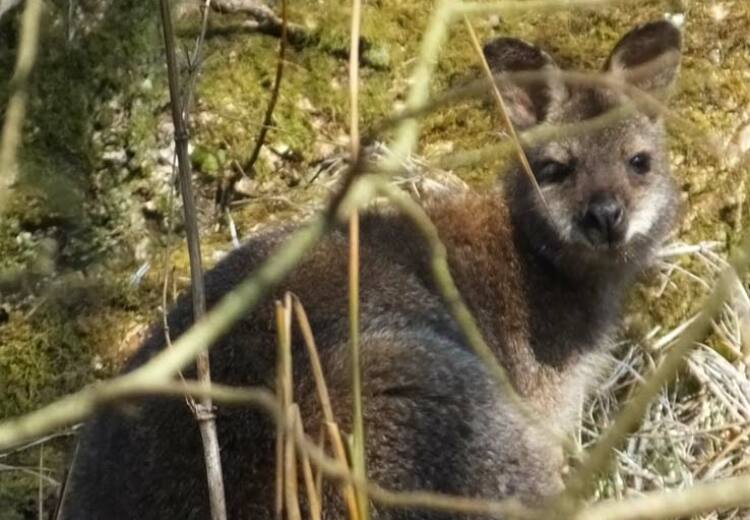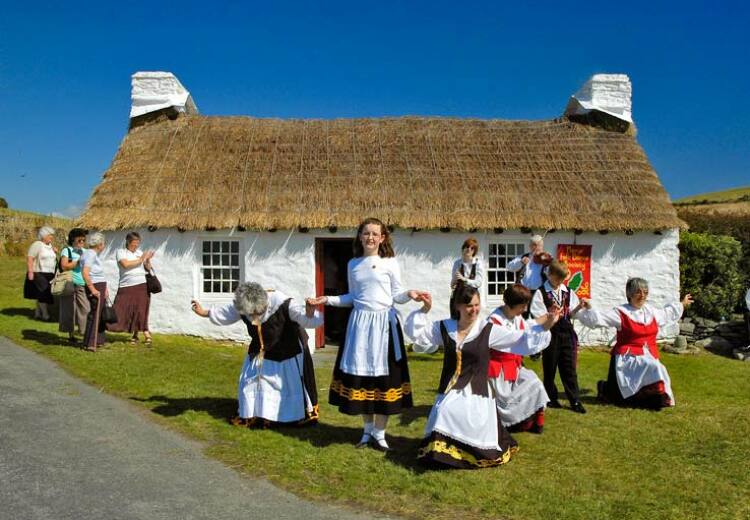To date, the Department is not aware of any incidences of the ash dieback disease in the Isle of Man but all land owners, members of the public and all those with an interest in the countryside, are asked to remain vigilant and to report suspicious trees to the Forestry Directorate of DEFA particularly now that it should be easier to spot the disease as the trees are coming into leaf.
Following the initial discovery of Chalara infection at a tree nursery in Buckinghamshire in early 2012, the United Kingdom’s Food & Environment Research Agency (FERA) confirmed a number of cases of the disease in Norfolk and Suffolk in ash trees in the wider environment in October 2012. At a similar time, Ireland’s Department of Agriculture, Food and the Marine reported their first confirmed infection site in a young plantation of imported trees. Further infections have since been identified in a number of locations, predominantly on the eastern side of England and Scotland. In May 2013 the first wider-environment case was confirmed in south-west Wales.
The disease spreads naturally by airborne spores and also over longer distances by the physical transport of infected material. The potential spread of the disease is of significant concern to the Isle of Man and legislation which bans importation of ash trees and ash products into the Island remains in force.
Throughout the winter and spring, it has not been the easiest time to recognise symptoms of Chalara dieback. At this time of year, some ash may still not have developed leaves. However, if an ash tree does not have any leaves on it now, it does not necessarily mean that it is diseased or dying. Ash, a tree that usually comes into leaf later than most other trees, should be in full leaf by the end of June.
The Department has erected public information notices at all the main entrances to forests and National Glens. These notices provide a descriptive overview of disease symptoms and a useful QR code for those with suitable smart-phones.
The wide range of symptoms associated with Chalara ash dieback disease include:
• Necrotic lesions and cankers along the bark of branches or main stem
• Foliage wilt
• Foliage discolouration (brown/black discolouration at the base and midrib of leaves)
• Dieback of shoots, twigs or main stem resulting in crown dieback
• Epicormic branching or excessive side shoots along the main stem
• Brown/orange discolouration of bark
The symptoms above are not however exclusive to Chalara fraxinea infections and ash tree shoot death and dieback can have a number of causes, such as frost. More detailed information, including identification videos and images, can be found on the UK Forestry Commission website at
http://www.forestry.gov.uk/chalara The disease poses no risk to human or animal health, and public access to areas of woodland is not restricted. However, people are asked to act responsibly including removing mud from footwear when leaving woodland areas, ensuring their footwear is clean prior to visiting a different woodland area, and not transferring leaves or other material from one woodland area to another.
The Forestry Amenity and Lands Directorate can be contacted at its St. John’s Offices on telephone (01624) 801263.







